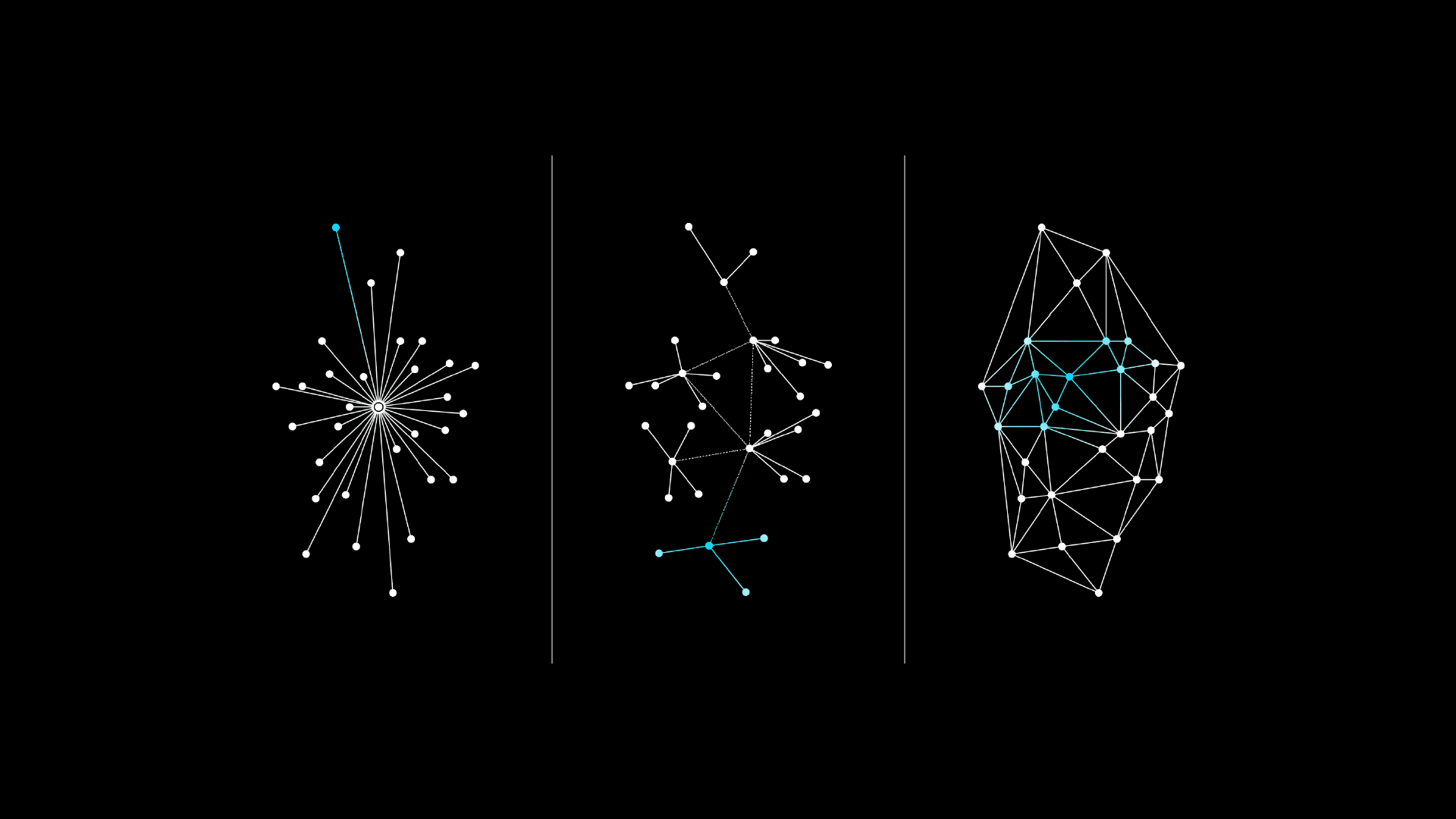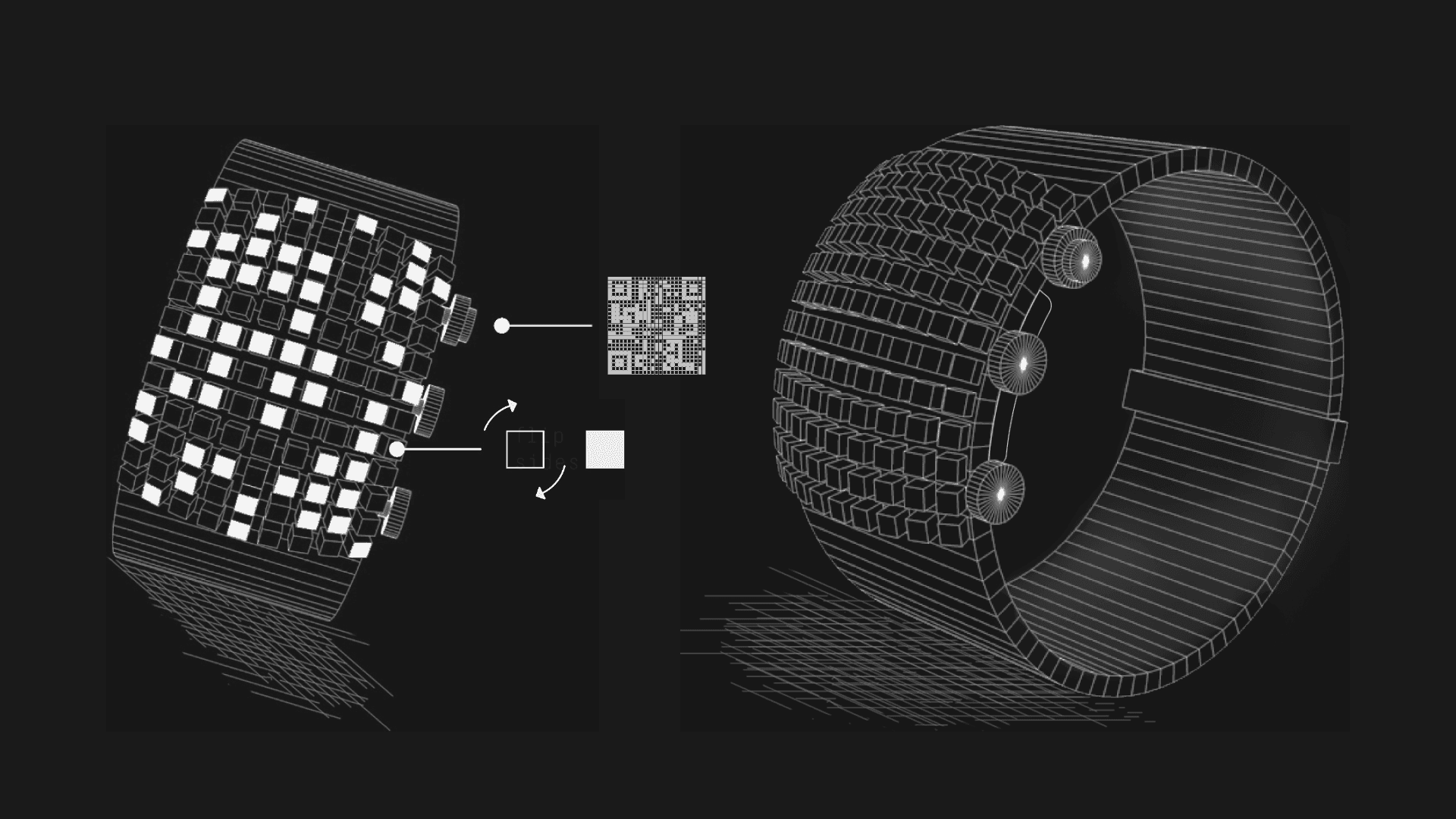Digital Preciousness
Designing enduring and ensouled digital products
year
2020
discipline
Interaction Design
with
Ylva Fernaeus and Andreas Lindegren at KTH Royal Institute of Technology, funded by Vetenskapsrådet (The Swedish Research Council) – Natural and Engineering Sciences Grant 2019-04826 (2020–2023)

This project was initiated by frustration over the fact that modern electronic devices are not as resilient and reliable as mechanical ones, and our digital imprints are not cherished like physical ones.
For example, current mobile phones and personal computers, along with software, are designed, marketed, and used assuming expected lifespans of a few years; while mechanical wristwatches, musical instruments, or tools in mechanical workshops (e.g. mills and lathes) are expected to last decades. Similarly, printed photos often become cherished possessions handled with care, while digital photos might only receive attention for a few seconds.
In previous work (see: Computational Heirlooms), we established a theoretical foundation for how to design enduring computational artifacts, via transdisciplinary research involving philosophy, economics, psychology, design, craft, and engineering. We created a theory and conceptual designs on how certain materials, processes, and other design resources can be utilized to create "ensouled" digital artifacts, designed to have long lifespans and qualities that inspire cherishing. Among "digital materials", the potentials of blockchain technology stood out.
Digital Preciousness is a research project that investigates how designs built on this theory can create value in everyday life.
One use case we find to be feasible, high-value, and high-impact is identification, authentication, and access control. As hundreds of useful digital products and services pervade our lives, the management of the corresponding multiplicity of access credentials turns into an important liability for individuals and organizations, bringing about significant security and privacy issues. In response, spearheaded by major organizations like Google and Microsoft, adoption of hardware security keys is on the rise. More visibly, NFC-enabled devices and contactless payments have become ubiquitous. Across these product genres, current designs fall short of embodying a sense of value and preciousness that is congruent with the assets that they represent.
Concurrently, blockchain technology has seen immense developments and adoption in recent years. Novel areas of economic activity such as NFT-based digital art and collectibles and decentralized finance have penetrated the mainstream and grown to significant proportions. Yet, the UX and tactical design parameters for both software and hardware products in this area have not yet matured. On the other hand, companies like Coinbase and Square who have relentlessly focused on providing a polished user experience for accessing blockchain applications have achieved outlier success, and pioneering UI-layer projects like Metamask have been the driving force behind adoption.
Our work investigates materials, processes, forms, and interaction designs that address these challenges and opportunities. We do this through theoretical and user-centered research, as well as through design experiments and first-person participation in the relevant ecosystems.


Selected Results
Project Precious Keys: Long-Term User Experiences with End-user Authentication Hardware (2020 -- 2023) funded by Vetenskapsrådet (Swedish Research Council) – Natural and Engineering Sciences (Grant #2019-04826)
Mehmet Aydın Baytaş, Aykut Coşkun, Asım Evren Yantaç, & Morten Fjeld (2019). Appreciating Digital Materials for Longevous Computational Artifacts. Paper for the CHI ‘19 workshop Towards a Responsible Innovation Agenda for HCI. [PDF]
Mehmet Aydın Baytaş, Aykut Coşkun, Asım Evren Yantaç, & Morten Fjeld (2018). Towards Materials for Computational Heirlooms: Blockchains and Wristwatches. In Proceedings of the 2018 Conference on Designing Interactive Systems (DIS ‘18) (Best Paper Award). [PDF]